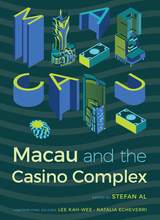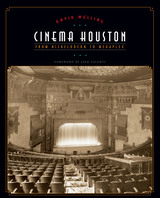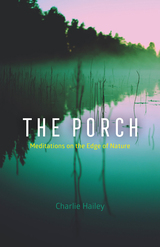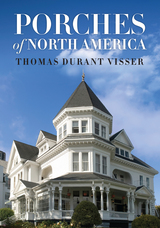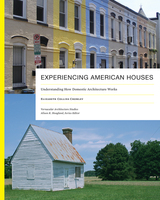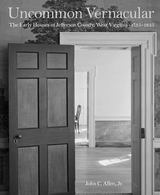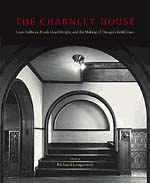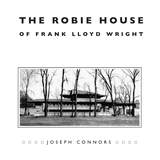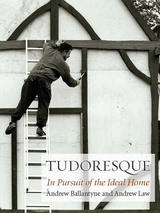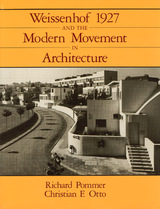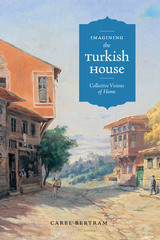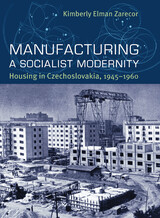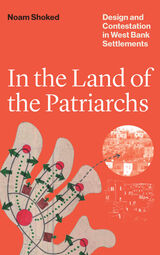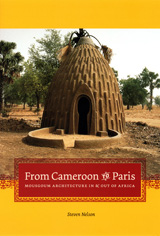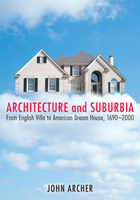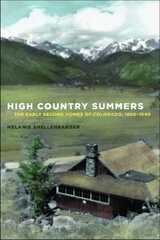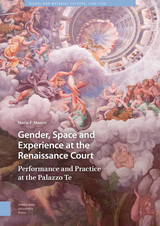The English House, 1860-1914: The Flowering of English Domestic Architecture
University of Chicago Press, 1986
Cloth: 978-0-226-77081-9
Library of Congress Classification NA7328.S84 1986
Dewey Decimal Classification 728.0942
Cloth: 978-0-226-77081-9
Library of Congress Classification NA7328.S84 1986
Dewey Decimal Classification 728.0942
ABOUT THIS BOOK | AUTHOR BIOGRAPHY | TOC
ABOUT THIS BOOK
Ranging from picturesque cottages to Romantic manor houses, this illustrated survey of British domestic architecture in the Victorian era documents styles still popular today. André Goulancourt's superb photographs of urban, suburban, and country homes are combined with Gavin Stamp's commentary to unique effect. What emerges is not only a stunning visual record but also a lesson on the creative development of national and vernacular building traditions.
Stamp suggests that the characteristic features of British domestic design in this era were symbolic and interpretive as well as functional. Reacting against modern industrialism and materialism, Victorian builders, in tandem with the Arts and Crafts Movement in Britain, revived vernacular traditions. Emphasis was placed on the proper use of building materials found locally and on elements that would later recur in the American Prairie House: the heavy pitched roof and the oversized and centrally placed chimney and fireplace. A number of domestic styles that emerged during this period, such as the Shingle style and the Queen Anne style, were imported by American architects and clients who shared the Victorian reverence for home, privacy, and the family unit.
In addition to the interpretive text and catalog of eighty-seven buildings, The English House, 1860-1914 includes brief biographies of the sixty-three architects represented, including Pugin, Butterfield, Street, and Prior. Historians of both English and American architecture, as well as practicing architects and critics, will welcome this comprehensive volume.
Stamp suggests that the characteristic features of British domestic design in this era were symbolic and interpretive as well as functional. Reacting against modern industrialism and materialism, Victorian builders, in tandem with the Arts and Crafts Movement in Britain, revived vernacular traditions. Emphasis was placed on the proper use of building materials found locally and on elements that would later recur in the American Prairie House: the heavy pitched roof and the oversized and centrally placed chimney and fireplace. A number of domestic styles that emerged during this period, such as the Shingle style and the Queen Anne style, were imported by American architects and clients who shared the Victorian reverence for home, privacy, and the family unit.
In addition to the interpretive text and catalog of eighty-seven buildings, The English House, 1860-1914 includes brief biographies of the sixty-three architects represented, including Pugin, Butterfield, Street, and Prior. Historians of both English and American architecture, as well as practicing architects and critics, will welcome this comprehensive volume.
See other books on: Architecture, Domestic | Buildings | Eclecticism in architecture | Flowering | Residential
See other titles from University of Chicago Press


